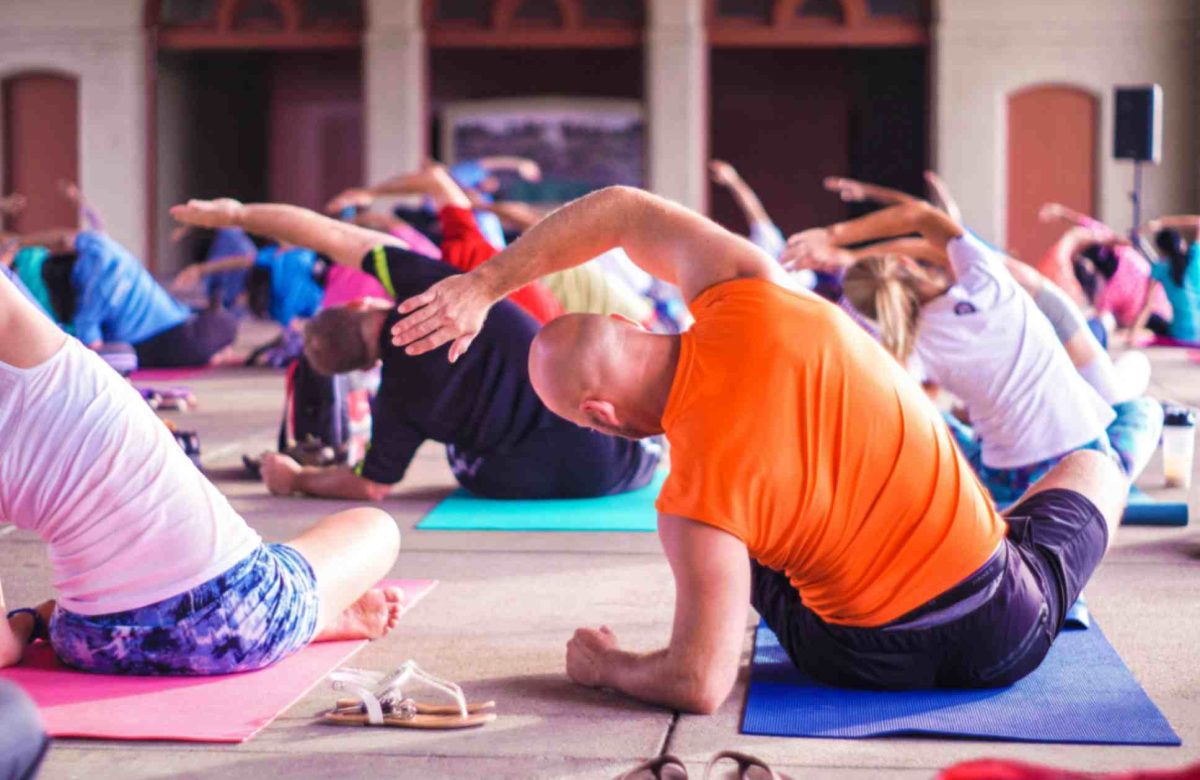The Impact of Sedentary Behavior on Long-Term Health

In an era dominated by technological advancements and modern conveniences, our lives have become increasingly sedentary. From desk jobs to hours spent in front of screens, the majority of our waking hours are often marked by prolonged periods of sitting. While sedentary behavior may seem harmless, it’s crucial to recognize its far-reaching consequences on our long-term health. In this blog, we’ll delve into the intricacies of sedentary behavior and shed light on how it can significantly impact our overall well-being.
Defining Sedentary Behavior
Sedentary behavior refers to any activity involving minimal physical movement and low energy expenditure. It encompasses activities like sitting, lying down and reclining, often accompanied by screen time, such as watching television, using computers, or browsing smartphones. Unfortunately, sedentary behavior has become an integral part of modern lifestyles, with many of us spending hours each day engaged in activities that involve little to no physical movement.
Read More : The Impact of Screen Time on Children’s Health and Development
The Multi-Dimensional Impact on Long-Term Health
Weight Gain and Obesity:
Prolonged sitting contributes to weight gain and obesity, as it burns significantly fewer calories compared to active movements. A sedentary lifestyle slows down metabolism and promotes the accumulation of excess body fat, increasing the risk of obesity-related health issues like diabetes, heart disease, and certain cancers.
Cardiovascular Health:
Sedentary behavior adversely affects cardiovascular health. It’s associated with an increased risk of high blood pressure, elevated cholesterol levels, and a higher likelihood of developing heart disease. Reduced physical activity also weakens the heart muscle and reduces its efficiency.
Musculoskeletal Health:
Prolonged sitting contributes to poor posture, muscular imbalances, and increased strain on the spine. Muscles and joints become weaker and less flexible, leading to discomfort, back pain, and an elevated risk of orthopedic issues.
Metabolic Impact:
Sedentary behavior disrupts metabolic processes, particularly insulin sensitivity. This disruption can lead to insulin resistance, a precursor to type 2 diabetes, and an increased likelihood of developing metabolic syndrome.
Mental Health:
Long periods of sedentary behavior are associated with higher rates of anxiety, depression, and stress. Physical activity promotes the release of endorphins, which have mood-enhancing effects, making regular movement an important aspect of mental well-being.
Circulation and Blood Clot Risk:
Extended periods of sitting impede blood circulation, increasing the risk of blood clots. This can be particularly concerning for individuals who spend prolonged periods sitting during long flights or extended commutes.
Bone Health:
Sedentary behavior contributes to bone density loss over time. Weight-bearing activities like walking or strength training stimulates bone growth, while a sedentary lifestyle accelerates bone mineral loss, increasing the risk of osteoporosis.
Cognitive Decline:
Emerging research suggests a connection between sedentary behavior and cognitive decline. Physical activity is crucial for brain health, promoting cognitive function and reducing the risk of conditions like dementia and Alzheimer’s disease.
Combatting the Sedentary Lifestyle
Prioritize Regular Movement:
Incorporate physical activity into your daily routine. Aim for at least 150 minutes of moderate-intensity aerobic activity per week, along with strength training exercises on two or more days.
Break Up Prolonged Sitting:
Avoid sitting for extended periods. Set alarms or reminders to stand up, stretch, and move around for a few minutes every hour. These short breaks can have a positive impact on your health.
Incorporate Movement at Work:
If you have a desk job, find ways to integrate movement into your workday. Use a standing desk, take walking breaks, and consider walking meetings when possible.
Engage in Leisure Activities:
Pursue hobbies and leisure activities that involve physical movement. Whether it’s dancing, gardening, hiking, or playing a sport, find enjoyable ways to stay active.
Limit Screen Time:
Minimize recreational screen time, which often contributes to prolonged sitting. Set boundaries on television, computer, and smartphone use to encourage more active engagement.
Create an Active Environment:
Arrange your living and working spaces to encourage movement. Place equipment like resistance bands, dumbbells, or yoga mats within reach to facilitate impromptu workouts.
Promote Family Activity:
Encourage your family to engage in active outings together. Plan hikes, bike rides, or simply take a stroll around the neighborhood. This not only benefits physical health but also fosters quality time.
Practice Mindful Movement:
Incorporate mindfulness into your physical activity. Engage in activities like yoga or tai chi, which not only provide exercise but also promote relaxation and mental clarity.
Conclusion
As we navigate the demands of modern life, it’s imperative to acknowledge the implications of sedentary behavior on our long-term health. The consequences of prolonged sitting extend beyond physical discomfort, encompassing a web of interconnected health issues that impact our well-being on multiple levels. By embracing a more active lifestyle, prioritizing regular movement, and adopting strategies to minimize sedentary behavior, we can take proactive steps to safeguard our cardiovascular health, enhance our mental well-being, and ensure a more vibrant and fulfilling life. Remember, each moment of movement is an investment in your longevity and overall quality of life.




